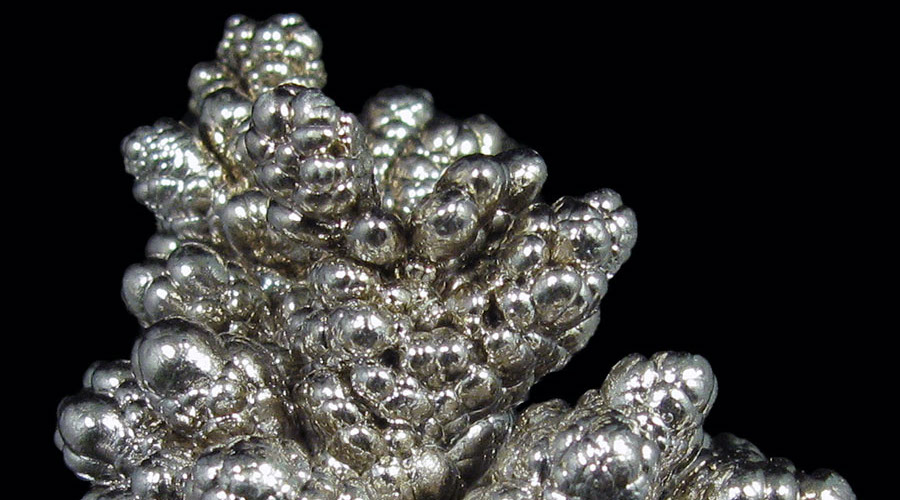Later that year, the world’s largest mining company, which was more than $30 billion ahead of its nearest rival, also turned down bidders for Nickel West, reportedly Glencore and Chinese nickel group Jinchuan, in a sale valued at up to $1 billion.
Three years later, BHP decided to capitalise on the rosy outlook for nickel’s role in the electric car story, rather than close the division, build a sulphate plant and convert Nickel West into a mine-to-market operation.
In July, BHP admitted defeat. Not for not trying hard enough. BHP said it had spent $3 billion since 2020 to maintain and expand the division, which now includes the Kwinana nickel refinery, Kalgoorlie nickel smelter, Mt Keith and Leinster mines, and the West Musgrave project it inherited from last year’s $6.4 billion takeover of Oz Minerals.
While BHP still calls the suspension a “temporary suspension,” the company’s outlook for its annual results released this week suggests “temporary” could mean a long time.
The “demand indicators” in the stainless steel and electric vehicle markets that BHP has monitored since announcing the review in February have all been negative, while the supply response has been insufficient.
“On the supply side of the industry, we observed further cutbacks and project suspensions being publicly announced, slower than expected mining permitting processes in Indonesia before and after the presidential election, the LME cutting off metal supplies from Russia in response to US and UK sanctions, and social unrest in New Caledonia (~6% of global nickel supply).
“The net impact of these fundamental signposts was not enough to change our view that the nickel industry is likely in a phase of sustained annual surpluses that will last into the final third of the decade.”
Nickel prices recovered from their six-month low this week, breaking above $17,000 per tonne, but remain in a bear market condition, trading more than 20 percent below highs reached just three months ago.

